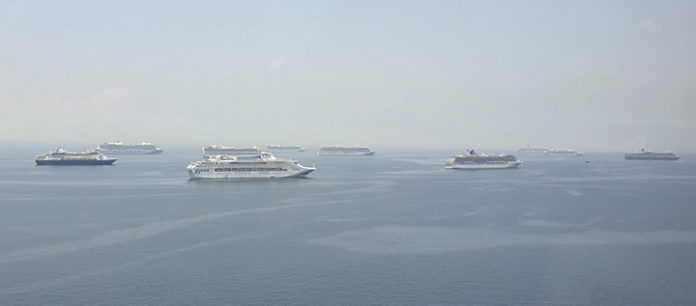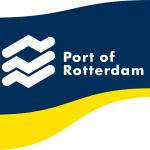The Department of Transportation (DOTr) is gunning to make the Philippines an international hub for crew change, which could also create more revenue streams for the government.
Transportation Secretary Arthur Tugade said this vision came after the government activated three new crew change locations in the country, namely: the Port of Panila, the Port of Capinpin in Bataan, and the Subic Bay Freeport Zone.
“It is my hope for the Philippines to become a major international hub for crew change,” he said.
The International Labour Organization (ILO) has repeatedly said that crew change is crucial to ensure the safety, health, welfare, and employment of maritime employees. Seafarers are only allowed to be onboard a vessel without leave for up to maximum of 11 months, based on the 2006 Maritime Labor Convention.
Transportation Assistant Secretary for Maritime Narciso Vingson Jr. explained that crew change hubs will primarily benefit seafarers, recognized globally as key workers, who are stranded onboard ships with expired contracts due to travel restrictions aimed to curtail the spread of Covid-19.
“To guarantee that the health and safety of seafarers and the public are protected while we work on this endeavor, the DOTr and its attached agencies are activating hubs in close coordination with various government agencies and units involved in crew changes,” he added.
Maritime Industry Authority Administrator Robert Empedrad noted that crew change is closely linked to the safety of maritime employees, some of whom have taken their plight to social media recently.
“This has been a significant cause of worry, as seafarers of all nationalities are already experiencing immense physical and mental fatigue brought on by overstaying onboard ships at sea. If this continues, delivery of essential cargo will be affected. Having crew change hubs in the country will solve this problem and give our seafarers the advantage of swift processing due to the established protocols,” he said.
For his part, Philippine Ports Authority (PPA) General Manager Jay Daniel Santiago said crew change hubs in the country are also expected to generate economic activities and revenues in the areas where they are located, with the collection of port dues and charges from ship dockage or anchorage.
“By becoming a crew change capital of the world, we would not only prime up our seafaring and maritime industry. We also expect to boost our hospitality industry,” he said.
Santiago cited that in the last four months, a total of 734 ships docked or anchored in the Port of Manila for the purposes of crew change. A total of 34,000 seafarers were served, wherein 28,000 seafarers disembarked while 5,800 joined the ships.
“We can look forward to the same maritime traffic in other hubs as more foreign shipping principals are expected to patronize our ports for crew change. Aside from opening our ports for crew change, the Joint Circular for Green Lane for seafarers provide speedy movements of seafarers in our country,” he said.
“Three major shipping companies of Japan already bannered our green lane program in the conduct of crew change. We expect other flags to follow their lead.”
Source:- Hellenic Shipping News






